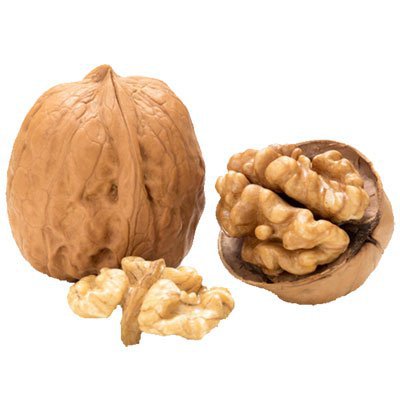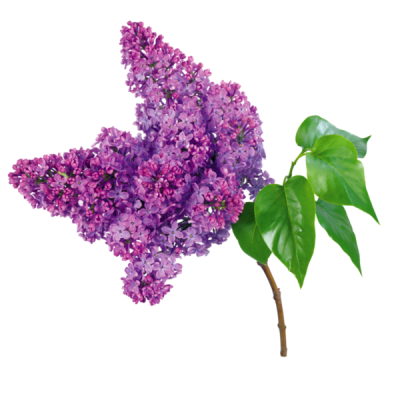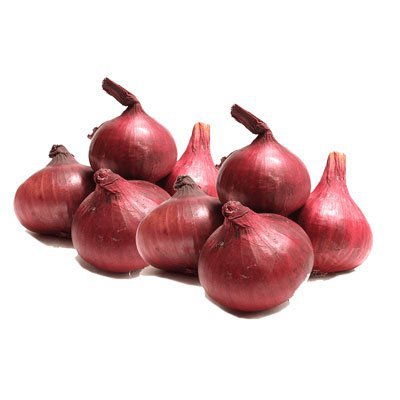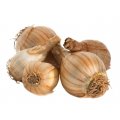Product description
Lycium of China very sweet goji Goji Berry: History The Himalayas, in addition to the beauty of the imposing mountains and Tibet, also produce very important fruits for human health. One of them is the goji fruit, which in translation is called the berry of happiness. In addition to the Himalayas, the gotchi berry is now also grown in Southeast Europe. The plant became known essentially from China where from about 2800 BC. written reports are made about its properties and mainly about helping with longevity. Now goji is used worldwide.
The goji plant is the first, and with a huge difference from the second, wild antioxidant fruit since it contains 25,100 antioxidant units. To put this into perspective, the second highest antioxidant fruit is the blueberry with 2,400 antioxidant units, meaning goji has over 10 times more antioxidant units than the second plant on the list! Even goji belongs to the category of deciduous plants and reaches a height of 1 to 4 meters, however some goji plants can reach up to 6 meters.
It helps a lot in longevity, eyesight as well as giving large amounts of energy that the body needs to cope with the stress of everyday life. Goji berries visually look like berries and because they are very soft and delicate they are collected with a special kind of cloth in mats, without the use of hands, and then they must be dried in the shade or in the sun. Gojis are usually sold in the market in open boxes and are never fresh unless sold in the area where they were produced.
The soft goji berries look and taste similar to raisins, but goji berries also taste similar to tomatoes. Of course, there are also the hard goji berries. They can be eaten directly from the fruit but they are also cooked. The Chinese make wine and soups from goji. A very tasty and healthy salad can also be made from the shoots and leaves of goji. What do the goji juice and fruit offer to the human body
Goji juice as previously said fights aging due to the secretion of a hormone. But in addition to aging, it fights amnesia and insomnia. It also helps the immune system and metabolism and relieves morning sickness in pregnant women. It also detoxifies the body, helps diets, and blood purification. In part, it helps fight some types of cancer and was used to fight hepatitis B. It also helps improve the sexual ability of the elderly, something like Viagra but without the side effects.
It fights heart attacks and palpitations. Finally, it gives the body a sense of pleasure and optimism and helps the liver. The goji fruit contains many ingredients. It contains vitamins of the B category. B1, B2, and B6. The impressive thing is that it contains more B-carotene than carrot, 500 times more vitamin C than oranges, more iron than spinach, and vitamin E which is almost never found in fruits. In addition to the above, the goji fruit contains many dietary fibers, fats, carbohydrates and proteins necessary for the human body.
100 grams of processed goji is equivalent to 370 calories. Finally, it helps the better and smoother functioning of hormones due to the beneficial fats it contains and also contributes to the fight against microbes and fungi. Consumption of goji An ideal amount of consumption of goji is from 10 to 30 grams per day either alone or with other juices and fruits. There is no need to worry about side effects after taking goji because goji is not addictive like other substances.
The only exceptions are blood pressure and diabetes medications as well as anticoagulant medications. At the moment, investigations are being carried out whether or not these drugs have any side effects in relation to the goji plant.
















 Forest Fruit Plants
Forest Fruit Plants Spice Herbs Medicinal seeds
Spice Herbs Medicinal seeds Bulbs
Bulbs Fruit Trees
Fruit Trees Garden Materials
Garden Materials Ornamental Plants
Ornamental Plants Grapevine Plants
Grapevine Plants Onion Set
Onion Set Fertilizers
Fertilizers Potato seed
Potato seed Seeds
Seeds Roses
Roses Tropical Plants
Tropical Plants Home Pesticides
Home Pesticides









